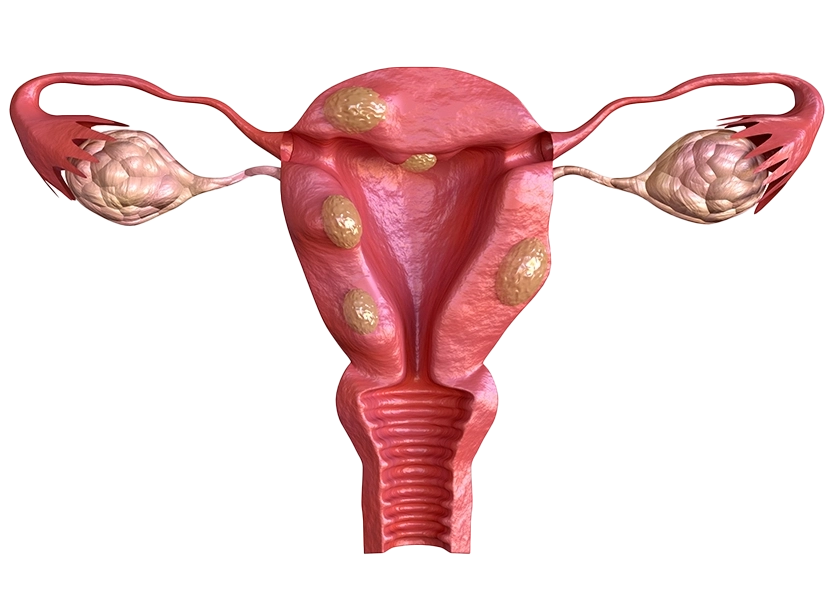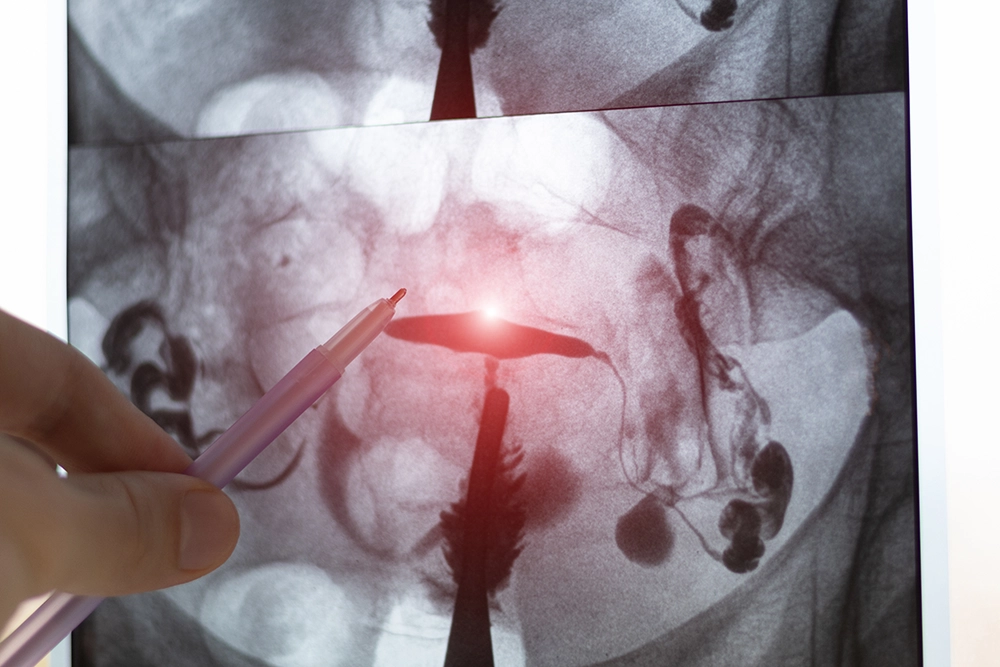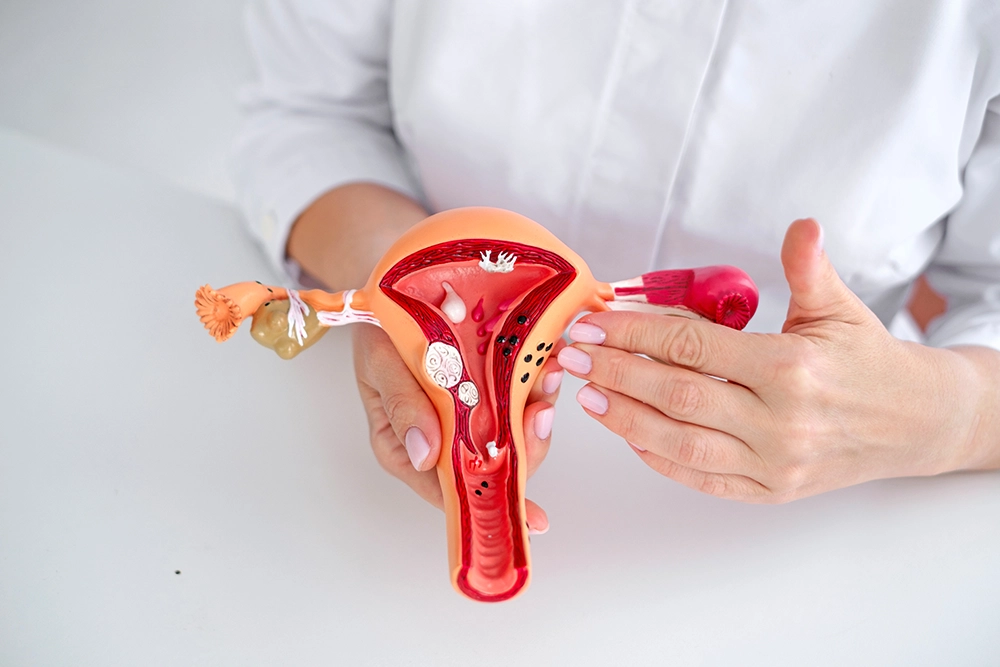Fibroids are a common concern among women, particularly those in their reproductive years. They are benign tumours that grow in the uterus, often leading to various symptoms that may impact a woman's quality of life.
Understanding fibroids, their symptoms, treatment options, and when to seek medical attention can empower women to take control of their health.

Fibroid Specialist in Singapore for Comprehensive Treatment and Surgery at Pacific Women's Clinic
Fibroids are a common concern among women, particularly those in their reproductive years. They are benign tumours that grow in the uterus, often leading to various symptoms that may impact a woman's quality of life.
Understanding fibroids, their symptoms, treatment options, and when to seek medical attention can empower women to take control of their health.
Fibroids, or uterine myomas, are non-cancerous growths that form in the uterine wall. These tumours can range in size from tiny seedlings to large masses that can disfigure the shape of the uterus. Fibroids may develop as a single growth or in clusters, and they can be located in different parts of the uterus:
These are found within the muscular wall of the uterus and are the most common type.
Forming on the outer surface of the uterus, these fibroids can extend outward and may cause pressure on nearby organs.

These grow just beneath the uterus' inner lining and can protrude into the uterine cavity, often leading to heavier menstrual bleeding.
These fibroids are connected to the uterus by a stalk and can develop both inside and outside the uterus.

Oestrogen and progesterone are two hormones that stimulate the growth of the uterine lining. Fibroids often develop during a woman's reproductive years when hormone levels are highest.
There may be a hereditary component, as fibroids tend to run in families. Women with a family history of fibroids are more likely to develop them.
Being exposed to certain environmental toxins and lifestyle habits, such as poor diet, may also play a role in fibroid development.
Understanding these potential causes can help women take preventive measures where possible. While fibroids cannot always be prevented, maintaining a healthy diet, managing stress, and limiting exposure to environmental toxins may help reduce risk factors.
If fibroids are suspected based on symptoms, a doctor may recommend several diagnostic tests to confirm their presence. Common methods of diagnosing fibroids include:

In treating fibroids, women have several options depending on the severity of their condition. The doctor will take the symptoms, the size of the fibroid and its position in the uterus into consideration before recommending an appropriate treatment.
Treatment can be categorised into non-surgical and surgical options.


Recovery times vary depending on the type of fibroid surgery performed. Minimally invasive procedures like laparoscopic myomectomy generally have shorter recovery periods—often 2 to 4 weeks—while hysterectomies may require 6 to 8 weeks or more. Your doctor will provide personalised guidance on when you can gradually resume daily activities and work.
Pain management after uterine fibroid treatment may include medications and non-pharmacological methods such as heat therapy and gentle mobility exercises. As part of postoperative care, we will also monitor your wound’s healing and schedule follow-up visits to track your progress.
Fibroids can come back, especially in women who have had surgery to remove them while keeping the uterus intact.. We recommend regular follow-up appointments and imaging tests to detect any new growth early. Our fibroid specialist will also focus on long-term strategies, such as hormonal management and lifestyle adjustments, to reduce the risk of recurrence and maintain uterine health.
Understanding fibroids can empower women to seek the care they need and improve their quality of life. If you suspect you have fibroids or are experiencing any related symptoms, consider consulting a healthcare provider for an evaluation and personalised treatment plan.
At Pacific Healthcare Specialist Centre, we understand the challenges women face with fibroids. Our treatments and our patient-centred approach aim to help women regain control over their health and well-being.

Surgery for fibroids is recommended if they cause severe symptoms such as heavy menstrual bleeding, pelvic pain, frequent urination, or fertility problems. The type of surgery depends on the size, number, and location of the fibroids, as well as your future pregnancy plans.
Depending on your reproductive goals, your gynaecologist may recommend uterine-sparing surgery such as myomectomy, or definitive surgery such as hysterectomy. Non-surgical treatments may also be available, so it’s best to discuss your options thoroughly.
Copyright © 2025 Pacific Healthcare Specialist Centre (Women's Clinic)